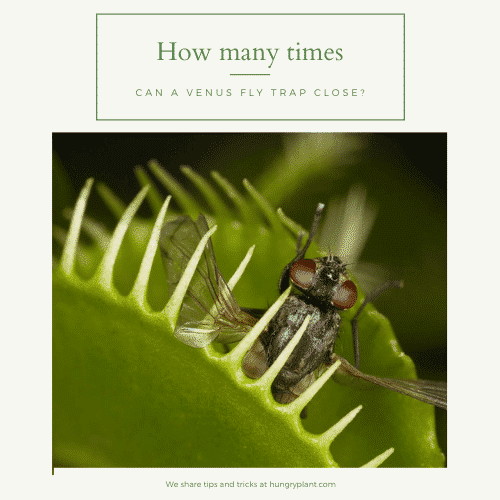How do I care for my tiny seedling Venus flytrap?
How do I care for my tiny seedling Venus flytrap?
Venus flytraps are one of the most famous insectivorous plants in cultivation. They are easy to grow, making them interesting for kids and adults, and help make our little green friends an excellent choice for virtually any growing environment. Venus flytraps seedlings are very demanding when it comes to light, though, so you’ll want to pay close attention to your seedling’s lighting needs if you’re planning to raise it indoors or outdoors under artificial lights.
Outdoors
This is my preferred method of growing young venus flytraps seedlings. Find a half-shady spot with a lot of loose soil–if your soil retains water, it probably is a good location for a good-sized venus flytrap; remember, they are native to bogs. Venus flytrap seedlings like to be damp and humid but not completely submerged in water.

Venus Flytrap Outdoor Care:
1. Place your young plant, so it gets two to six hours of direct sun per day (6+ if growing outside). The more sun, the better, as long as you keep them well watered! A half-shady spot is good at first.
2. Keep the soil moist–not drenched, just wet–and wait for your plant to start to grow!
3. Once the top two leaves are about 1″ tall or bigger, give your plant a little more shade–direct sunlight for five to six hours should be fine by now unless you’re growing near latitudes with harsh sun.
Venus Flytrap Indoors Care:
1. If you’re growing indoors under artificial lights, you’ll want the brightest light available that your seedling can handle before it gets leggy (long skinny green stalks instead of short thick ones). Fluorescent tubes are suitable for this purpose. Or, if you don’t use fluorescent lighting, try using a south-facing window instead (but be careful because venus flytraps will cook in strong direct sunlight unless they get plenty of water). Just remember to turn them back toward the light when they start to lean away from it!

Note: Venus flytraps do not like a bright light at first–you should keep your young plant in indirect sunshine or very bright fluorescent lighting until two leaves are at least 1 inch tall.
2. Keep the soil moist but not wet, and give it a few hours of solid lighting per day until you see small traps. They’re ready to move into brighter conditions when two leaves are half an inch or longer. A promising sign that they’re ready is when they start growing quicker–you should see the first leaf after about 4-6 weeks of good light.
3. When your plant starts budding, gradually increase the lighting by adding a few more hours every week or two until you have roughly ten to twelve hours of direct or indirect sunlight with no lower leaves shading the middle part of the plant. If a plant seems weak or stunted and does not seem to be growing well at all, you can start with a few hours of full sunlight per day and slowly reduce the light over a couple of weeks until your plants are ready for indirect sunlight.

We recommend these options from Amazon for Venus Flytraps Seeds
4. Give your plant about 1/3 more water than you would give most houseplants. When they are in an active growth period (during spring and summer), Venus flytraps need a lot of water! If it’s winter or fall where you live, though, cut the watering amount in half to be safe.
Note: Venus flytraps can go dormant if not watered enough, especially around wintertime in some areas. It will slow down its metabolism but remain alive–it just needs time in dormancy before it starts actively looking for food again.
5. To keep your plant looking good, don’t feed all of its traps–leave some! They use their energy to grow new traps, just like house plants need time to grow vegetation before flowering or putting out fruit.

HIBERNATION:
Since venus flytraps are native to an area with cold winters, they know how to go dormant if it gets cold for too long. However, since they only get a few hours of light indoors during winter, they can’t produce enough energy to survive the rest of their time in hibernation without help from us! Give them a nice sunny spot outside somewhere away from direct sunlight and give them at least four to six hours of direct sunlight per day while still keeping them watered–they should start growing again when spring rolls around.






